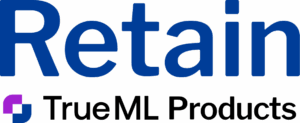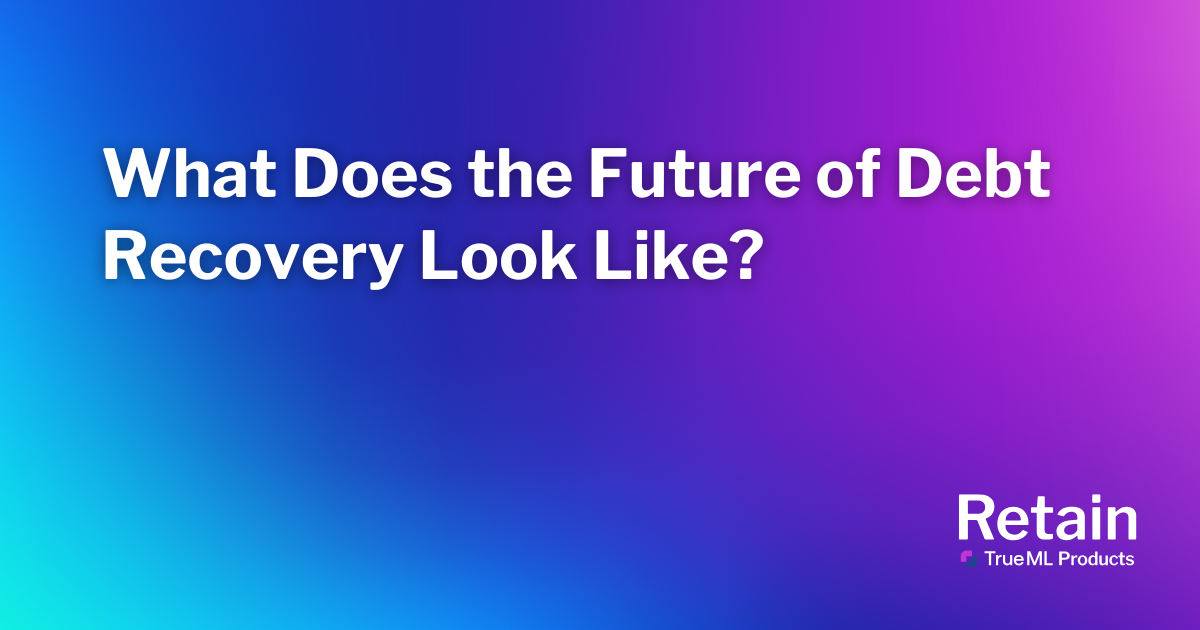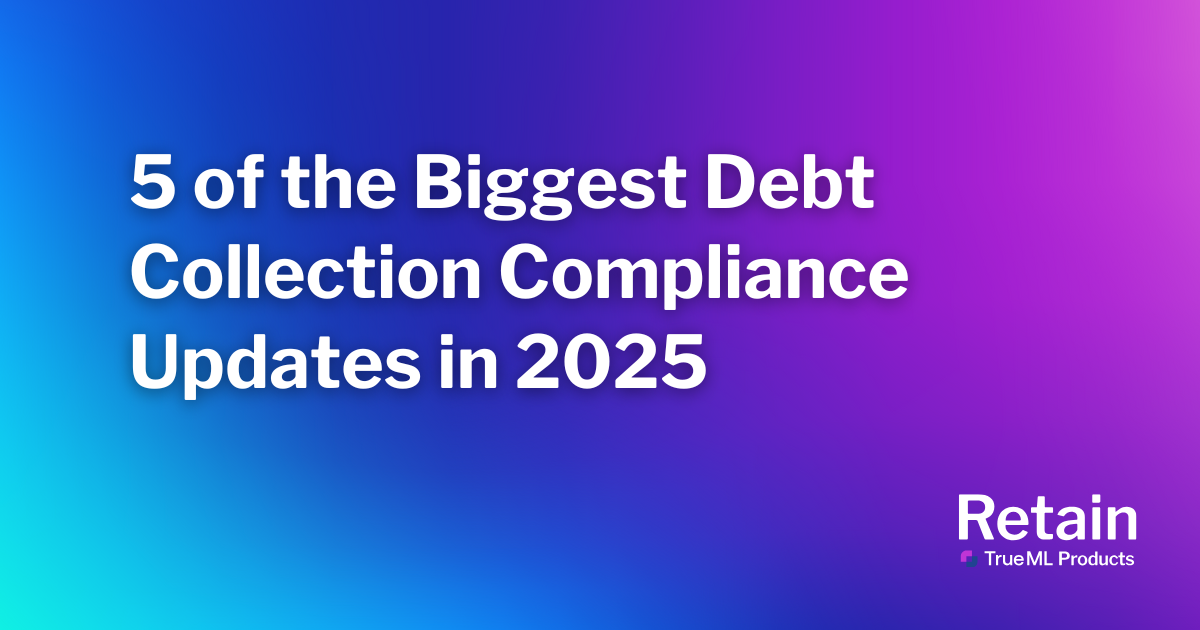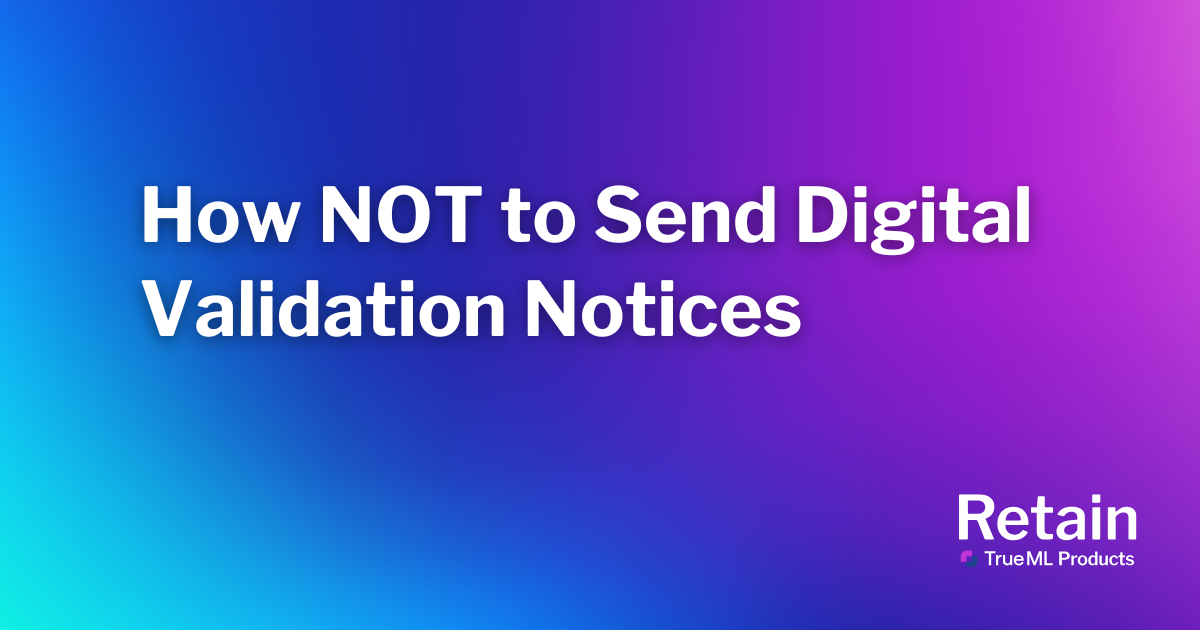There was a time when the debt collection industry used the same strategies for decades. Then, digital solutions and the meteoric rise of AI transforming businesses happened—from generative AI-written messages to machine learning recovery solutions and everything in between. Earlier this year, TransUnion reported that the number of debt collection companies investing in AI and machine learning increased from 11% in 2023 to 18% in 2024.
There’s no question that AI is changing the horizon of what’s possible with debt recovery solutions. However, it’s not the only factor driving shifts in the industry. All of these factors have many people wondering what the future holds. Join us as we talk about the future of debt collection and what it could mean for your business.
Current Trends in Debt Collection You Need to Know
Before we dive into what the future of debt collection could hold, it’s important to look at the present. Here are some of the top industry trends that will likely have a lasting impact on the industry.
Shifts in Regulatory Scrutiny
The Consumer Financial Protection Bureau (CFPB), has recently faced cuts to their staff as a result of restructuring happening with the current administration. Even though many of the CFPB’s regulations are currently in effect (including Regulation F), other arms of the agency like enforcement and supervision activities have declined. This has created a level of regulatory uncertainty that the fintech and banking industries continue to face. Some experts predict that individual states will step in to fill the void by implementing more of their own regulations.
Tech Adoption Continues to Rise
Despite some hesitancy at its inception, more companies in the U.S. are trying to leverage AI. Low level entry points like website chat bots, content creation tools and writing assistants are becoming the rule instead of the exception. With more companies adopting AI to support their business, more consumers expect the brands they interact with to use this technology to enhance their experience.
The Current State of Consumer Debt in the U.S.
Consumer debt in the U.S. is expected to rise in the future. Two main drivers of this trend include student loan debt forgiveness coming to an end and the recent Medicare cuts (if current changes hold) will likely add to the financial burden families face.
Where is the Future of Debt Recovery Solutions Going?
With the current trends as guideposts, let’s dive into our prediction on future trends that could directly affect digital debt collection strategies.
Consumers Will Want More Choice and More Empathy from Companies
There’s a recurring trend in the debt collection industry that’s expected to continue, consumers want more payment options. Over the last few years we’ve seen consumers express interest in the ability to pay their balance with Apple Pay, Venmo and more. We’re currently seeing more consumers who want the option to pay businesses with cryptocurrency such as Bitcoin. It would not be surprising to see debt collection performance in the future be directly linked to the number of payment methods being offered.
Another big consumer trend that will likely carry itself into the future is the desire for companies to show more empathy. Right now this is sometimes referred to as “the empathy advantage”. Brands that show understanding and compassion are more likely to get consumers to take that desired action. For the future debt collection industry, the difference between a customer making a payment or ignoring a communication could come down to the empathy extended to them. Machine learning recovery solutions are primed for these kinds of challenges, offering customer-friendly treatments and options that create better customer experiences.
AI Will Become More Advanced and Shape Digital Debt Collection with Machine Learning Recovery Solutions
While there will be a need for human guidance, AI will continue to evolve and grow in many regards, including more advanced machine learning recovery solutions. In the next few years, some experts think that this form of AI technology will gain the ability to scan consumer patterns across the country.
It could leverage data like consumer spending habits, geography, local economies and other risk factors to alert a consumer that they’re on the path to being in debt. This potential future service is being referred to as “debt vulnerability detection”, and could spark an entire new application of machine learning recovery solutions.
AI voice recognition technology is very likely to continue to evolve and be used for more debt recovery solutions in the future. As it advances, some experts believe that personalized content will be developed in real time to solve the current issue at hand. For this prediction to become a reality, consumer trust in AI (specifically AI customer service agents) needs to improve. Current generation chat bots do something similar with text data, but human behavior analysis is one of the emerging frontiers of AI.
More Niche Debt Recovery Markets Will Likely Emerge
AI technology is providing a stark advantage for businesses like law firms or credit unions who want to increase debt recovery performance. This combined with the likelihood of debt portfolios becoming more complex could fuel the rise of more niche debt recovery markets. Why does this matter?
Right now, machine learning recovery solutions and other AI tools collect data on consumers they interact with and use it to better understand the nuances of the market. An example of this could be that an AI might learn that consumers with credit union loans are more likely to make a payment if the first notification is an email. The more data an AI gets access to over time, the better it will become at debt recovery. Due to this, the future of debt collection could see companies that focus on niche markets that their AI tools have accumulated the most data in.
Ready to Spend Less to Recover More with Retain?
While no one can say for sure what the future of debt recovery will look like, your business can improve recovery performance today. Retain is a white-label digital delivery software-as-a-service (SaaS) tool that is designed to keep your debt collection costs low. The software uses machine learning to study consumer behavior and determines the best channel, time and place to send digital communications to your customers.
If you want to learn how to increase engagement with your communications and increase profitability, schedule a consultation with the Retain team.



